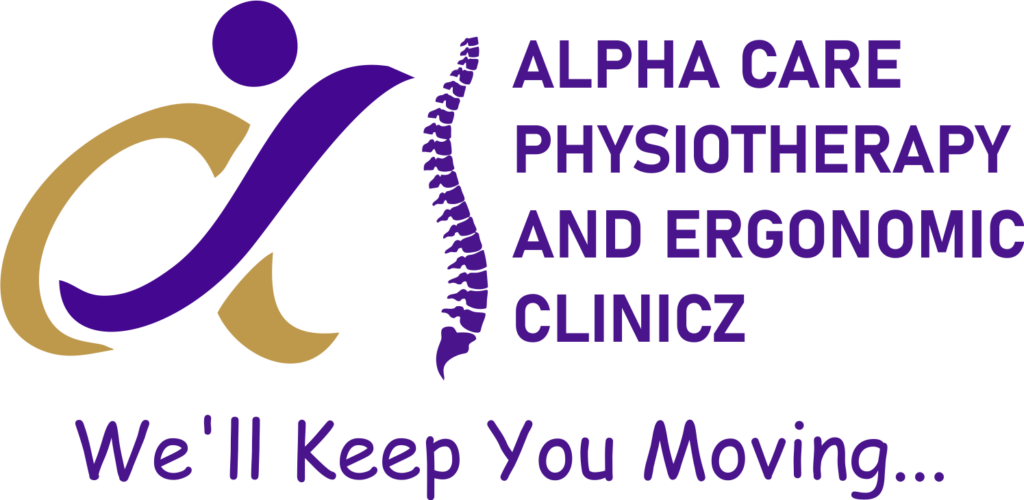Slip Disc

- A slipped disc, also known as a herniated or ruptured disc, occurs when the soft inner portion of a spinal disc protrudes through the tough outer layer.
- The condition often results from wear and tear, aging, or sudden injury to the spine.
- Common symptoms include sharp or radiating pain, numbness, tingling, or weakness in the affected area, typically the lower back or neck.
- Diagnosis involves medical history, physical examination, and imaging tests like MRI or CT scan to confirm the extent and location of the disc herniation.
- Treatment aims to relieve pain, reduce inflammation, and improve function.
- Conservative treatments include rest, pain management medications, physical therapy, and hot or cold therapy.
- Epidural steroid injections may be recommended to alleviate severe pain and inflammation.
- In some cases, traction or spinal decompression therapy may help relieve pressure on the affected disc.
- Surgery, such as discectomy or spinal fusion, may be considered if conservative treatments fail to provide relief or if there is severe nerve compression.
- Recovery time varies depending on the severity of the disc herniation and the chosen treatment approach.
- Rehabilitation and strengthening exercises are essential to restore mobility, flexibility, and strength to the spine.
- Lifestyle modifications such as maintaining proper posture, avoiding heavy lifting, and engaging in regular exercise can help prevent recurrence.
- Regular follow-up with healthcare providers is crucial to monitor progress and adjust treatment as needed.
- While a slipped disc can cause significant discomfort, most individuals experience improvement with appropriate management and rehabilitation.
- Rarely, complications such as chronic pain or neurological deficits may persist, requiring ongoing medical care and intervention.



